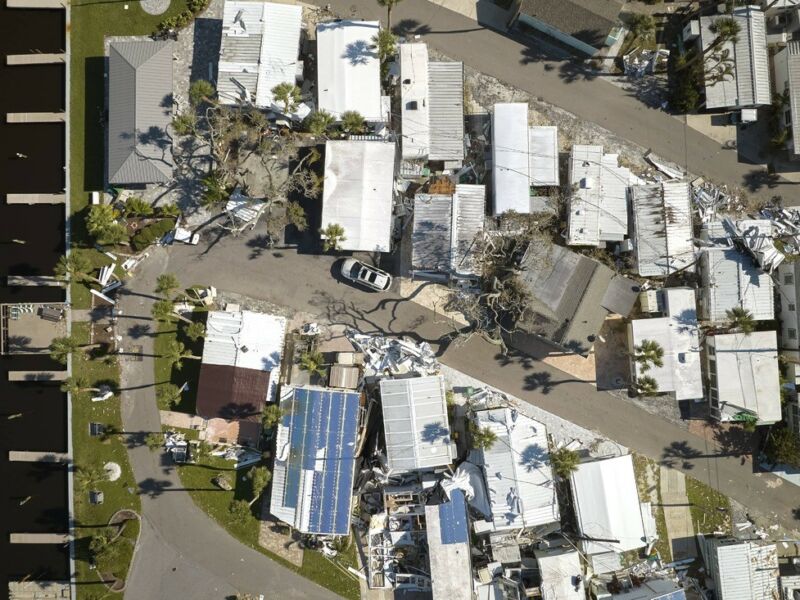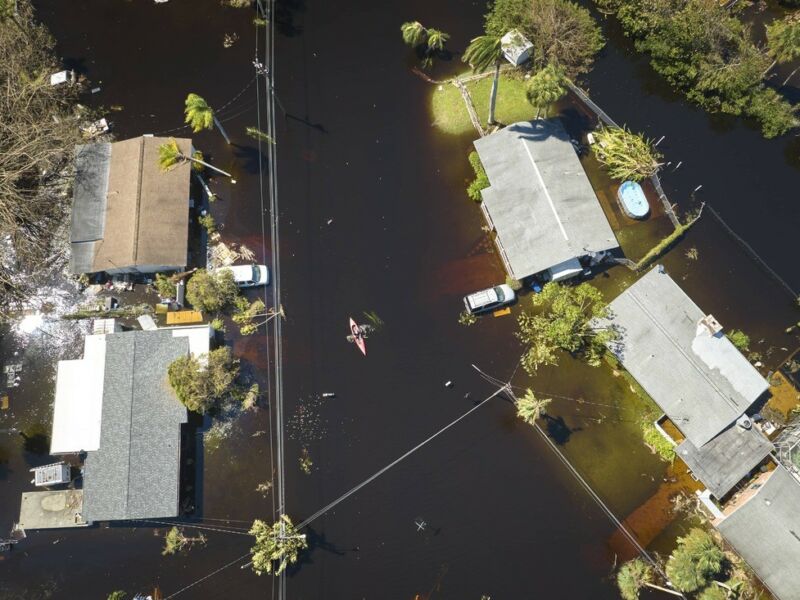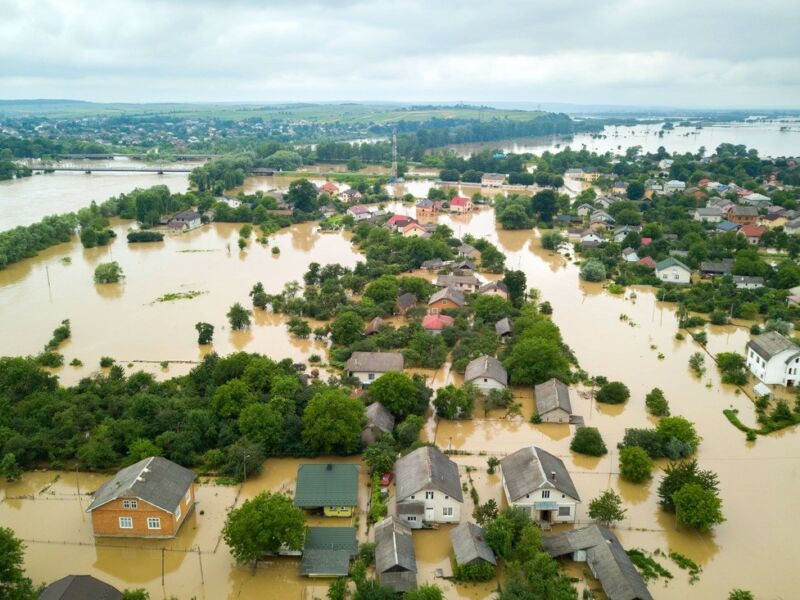
Introduction
In emergency situations, communication is crucial for coordinating response efforts, providing updates, and ensuring the safety of individuals affected by the event. However, traditional communication channels such as telephone lines and internet connectivity can be disrupted in these scenarios. This article explores temporary communication solutions that can be deployed in emergency situations to ensure effective communication and coordination.
The Importance of Temporary Communication Solutions
During and after a disaster or emergency event, communication is vital for emergency responders, government agencies, and affected individuals. Temporary communication solutions enable the establishment of reliable and resilient communication channels that can facilitate seamless coordination and information dissemination.
Types of Temporary Communication Solutions

Satellite Communication
Satellite communication systems can provide reliable and independent communication links in areas where traditional infrastructure has been damaged or destroyed. These systems use satellites to transmit and receive signals, allowing for voice calls, data transmission, and internet connectivity. Satellite phones, satellite internet terminals, and portable satellite communication kits are examples of equipment used in this type of solution.
Mobile Cellular Network Solutions
Mobile cellular network solutions involve the deployment of temporary mobile cell sites or cell on wheels (COWs) to provide coverage and capacity in areas affected by a disaster. These temporary facilities can enhance cellular service availability, allowing individuals to make voice calls, send text messages, and access data services. Emergency services providers and telecommunications companies often collaborate to deploy these solutions quickly.
Microwave Communication
Microwave communication systems utilize radio waves to transmit signals between fixed locations. In emergency situations, microwave communication can be leveraged to establish temporary links between key locations, such as command centers, medical facilities, and communication hubs. These systems can provide reliable and high-capacity connections, enabling voice, data, and video communication.
Radio Communication
Radio communication remains a critical component of emergency response and coordination. Portable and handheld radios enable immediate and direct communication between responders and can operate independently of existing infrastructure. In addition, amateur radio networks, often operated by trained volunteers, can establish a wide-area communication network during emergencies.
Mesh Networking
Mesh networking utilizes a network of interconnected devices to create a decentralized and self-healing communication infrastructure. In this type of solution, each device within the network acts as a node, relaying information to other nodes until it reaches its destination. Mesh networking can be employed in disaster scenarios to establish communication links between individuals, emergency personnel, and critical infrastructure.

Emergency Alert Systems
Emergency alert systems play a crucial role in quickly disseminating emergency notifications and warnings to the affected population. These systems utilize various communication channels, such as broadcast radio and television, text messages, sirens, and mobile applications, to deliver alert messages. They can provide critical information about evacuation orders, severe weather alerts, and other urgent updates.
Implementing Temporary Communication Solutions
Implementing temporary communication solutions in emergency situations requires careful planning and coordination among various stakeholders. Here are some key considerations:
- Preparation: Establish agreements and partnerships with communication service providers, emergency management agencies, and telecommunications companies to ensure access to necessary equipment and resources.
- Mapping of Communication Needs: Identify critical locations, such as emergency shelters, hospitals, and command centers, where communication services should be prioritized. Determine the required coverage areas and capacity.
- Deployment of Equipment: Deploy temporary communication equipment, such as satellite phones, mobile cell sites, radios, and microwave links, in strategic locations.
- Testing and Training: Conduct regular tests and training sessions to ensure the proper functioning of the temporary communication systems and to familiarize users with their operation.
- Maintenance and Support: Provide ongoing maintenance and support for the deployed equipment to ensure its reliable operation during the emergency.
Frequently Asked Questions (FAQs)
What are the main challenges in implementing temporary communication solutions during emergencies?
Can temporary communication solutions be used in remote areas without existing infrastructure?
Are temporary communication solutions only used during natural disasters?
Conclusion
Temporary communication solutions play a crucial role in ensuring effective communication and coordination during emergency situations. By leveraging satellite communication, mobile cellular networks, microwave links, radio communication, mesh networking, and emergency alert systems, responders and affected individuals can stay connected, enabling efficient response and support. Implementing these solutions requires careful planning, coordination, and ongoing maintenance to ensure their reliability and effectiveness in critical situations.


